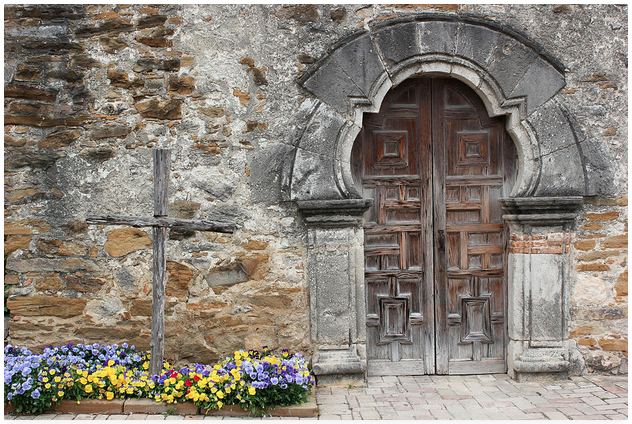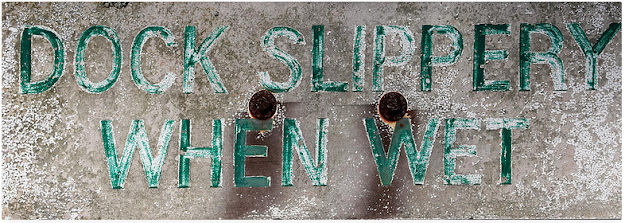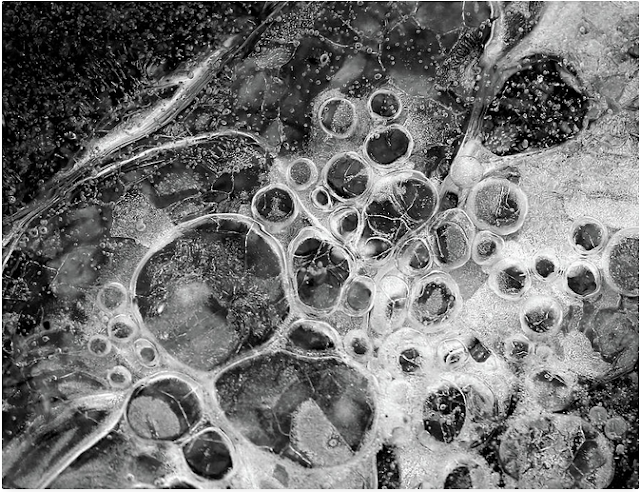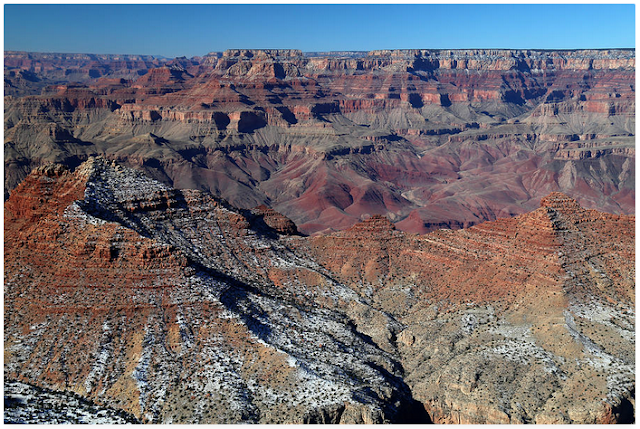Old Photos

What do you do with those old photos that you took on vacation if you lived most of your life before the digital age and took film photos that you had processed at the local mini-labs? Sometimes the developing was excellent, but more often than not, it was so-so and the color was slightly off, etc. There was a period of time where my husband and I used a commercial lab in California that would also develop for the general public, but the vast majority of our older photos were done at the local K-Mart or CVS pharmacy. For those of us who have enjoyed photography for the last 50 or more years (in my case more), but we never got into our own developing, most of us have some marginal photos that were actually well composed and the lighting was good, but they still needed some help, that wasn’t available until the advent of editing software. I use Photoshop, but for those out there that are not into shooting for sale, or for printing large images, but would like to fix some of their old





